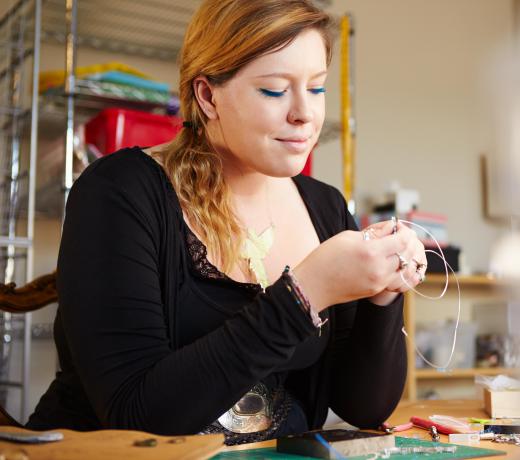Chain couplings are devices that are used in a number of different applications, ranging from heavy equipment to the creation of jewelry. A basic definition for a chain coupling is a device that is utilized as a means of connecting one or more sections or lengths of chain, or connecting a length of chain to an object. There are a number of chain coupling designs in common use today, with the roller chain coupling and the ball chain coupling being two of the most commonly employed.
Heavy duty couplings are often utilized in the connection of railroad cars to a train engine as well as between cars. The design of these particular couplings actually allows the train to move efficiently since the chain mechanisms help to adjust the speed of each train in the succession of cars so that they essentially work as a single albeit flexible unit. In order to expedite the linking process, a rail car coupling chain can be fastened into place quickly and remains secure until the couplings are deactivated either manually or using a remote device. Roller chain couplings are often used in these types of applications.

A ball chain coupling is a simplistic design that is often used for connecting smaller chains or even in the design of jewelry such as necklaces or bracelets. For example, the coupling may be used to add a length of chain to a pull-chain on a lamp, simply by inserting one end of the new length into one side of the device, and the end of the existing pull chain in the other. This strategy can be used to lengthen chains used with ceiling fans as well as floor or other types of lamps. Couplings of this type are readily available in a number of retail settings, including hardware shops, discount retail stores that sell lamps and basic home electrical supplies, and even in home decorating stores.
With jewelry, a chain coupling is sometimes used to create a design that allows the wearer to add or subtract length at will. This is sometimes accomplished by adding or removing small sections of decorative chain, or actually removing other elements in the design to achieve the desired look and length. With this type of application, the chain coupling actually makes the jewelry versatile, in that adding or removing elements makes it possible to adapt the piece to just about any type of occasion.

